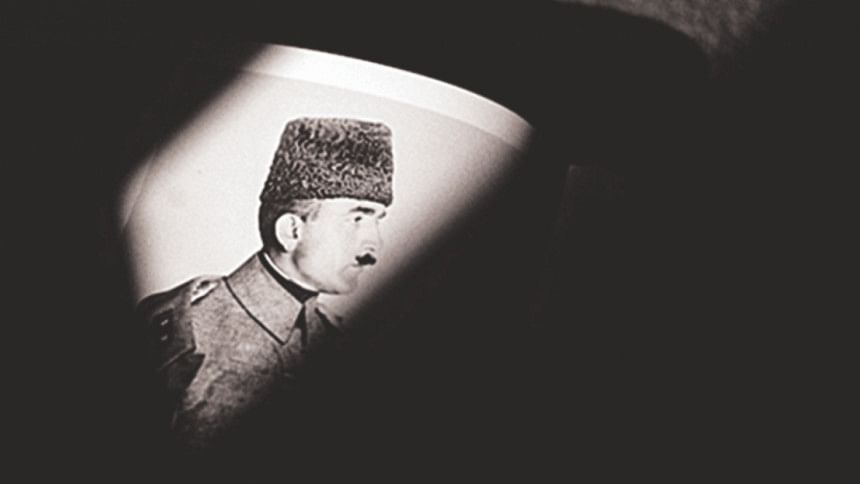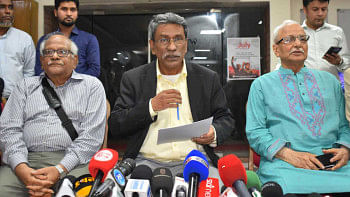Timeline

In 1915, the Turkish government launched a plan to expel and massacre Armenians living in the Ottoman Empire. While much of the massacre and deportations ended in 1917, killings continued until 1923, by which point around 600,000 of Turkey's 1.75 million Armenians were dead. Many more had been deported from the country.
March 31, 1908
The Young Turks come to power in the Ottoman Empire.
A group of reformers calling themselves the "Young Turks" overthrow Sultan Abdul Hamid and establish a more modern constitutional government. Armenians hope to have an equal place in this new state, but the nationalistic Young Turks, led by a triumvirate known as the Three Pashas, soon announce their plan to "Turkify" the empire and remove all threats to the empire.
August 2, 1914
The Turco-German Alliance is formed.
Amid a great deal of German pressure, Turkey and Germany form the Turco-German Alliance in a secret treaty. The agreement gives Germany virtually all control over Ottoman military forces.
October 28, 1914
The Ottoman Empire enters World War I.
Under German command, Ottoman forces bomb Russian Black Sea ports. With this event, the Muslim Ottoman Empire formally enters World War I on the side of Germany and the Austro-Hungarian Empire. Allied powers declare war on the Ottoman Empire several days later.
November 11, 1914
A Proclamation of Jihad is issued against the Allied powers.
Ottoman religious authorities in Constantinople issue a Proclamation of Jihad against England, France, and Russia. They declare a holy war against all Christians except their allies, and legitimise the formation of chete organisations, or armed irregular forces.
November 14, 1914
The first chete attacks on Armenians begin.
After military leaders accuse Armenians of planning to join Russian forces, chete forces attack the village of Otsni in Erzerum Province, killing the local Armenian priest and many civilians.
March 31, 1915
Deportations begin.
The first convoy of Armenian deportees leaves the city of Zeitun, headed to the Konia Desert in central Anatolia or to Der-el-Zor in the Syrian Desert.
Deportations from other cities soon begin, but most deportees are killed en route.
April 17, 1915
Turkish forces besiege the city of Van.
Turkish forces suddenly attack the city of Van, and Armenians organise a defence that lasts until advance units of the Russian army, led by Armenian volunteers, arrive in May.
The Russian forces identify around 55,000 Armenian dead in the province.
April 24, 1915
The first official phase of the Armenian massacres begins.
Hundreds of intellectuals are arrested in Constantinople, the capital of the Ottoman Empire. They are later murdered. This event marks the official beginning of the Armenian genocide.
July 6, 1916
Russian forces occupy Armenian regions of the Ottoman Empire.
After gradually advancing into Armenian regions of the Ottoman Empire, Russian forces finally take over all Armenian regions.
March 3, 1918
The Treaty of Brest-Litovsk returns Armenia to the Ottoman Empire.
The Soviet Union signs the Treaty of Brest-Litovsk and concludes hostilities with the Central Powers. In the treaty the Soviets are forced to return all of Ottoman Armenia and part of Russian Armenia to the collapsing Ottoman Empire. The Ottomans, in turn, announce amnesty to all remaining Armenians, but in reality they are still being systematically destroyed.
May 28, 1918
An Armenian Republic is formed.
After a short-lived federation with Georgia and Azerbaijan collapses, Armenia declares an independent republic in Russian Transcaucasia. While this republic is short-lived as well, it is the first independent Armenian state since the Middle Ages.
October 30, 1918
The Ottoman Empire surrenders and the Three Pashas flee.
The Ottoman Empire surrenders to Allied powers, and the armistice agreement provides for the return of Armenian deportees to their homes. The Three Pashas flee to Germany, where they are given protection.
February 1919
A court martial is convened in Constantinople.
A court martial meant to address war crimes (including the Armenian genocide) convenes in Constantinople. A number of leaders are found guilty and sentenced to death for their involvement in the genocide.
March 15, 1921
One Pasha is killed.
One of the Three Pashas is killed by a lone gunman in Berlin. The gunman claims temporary insanity due to the mass killings, and he is quickly acquitted. The other leaders are soon assassinated as well.
September 9, 1922
The Turkish Army pillages Smyrna.
During the Greco-Turkish War, the advance guard of the Turkish Army enters Smyrna in Anatolia and pillages Armenian and Greek homes and stores. Thousands of Greeks and Armenians are killed, and the city is later burned. Some historians mark this as the last massacre in the Armenian genocide.

 For all latest news, follow The Daily Star's Google News channel.
For all latest news, follow The Daily Star's Google News channel. 



Comments